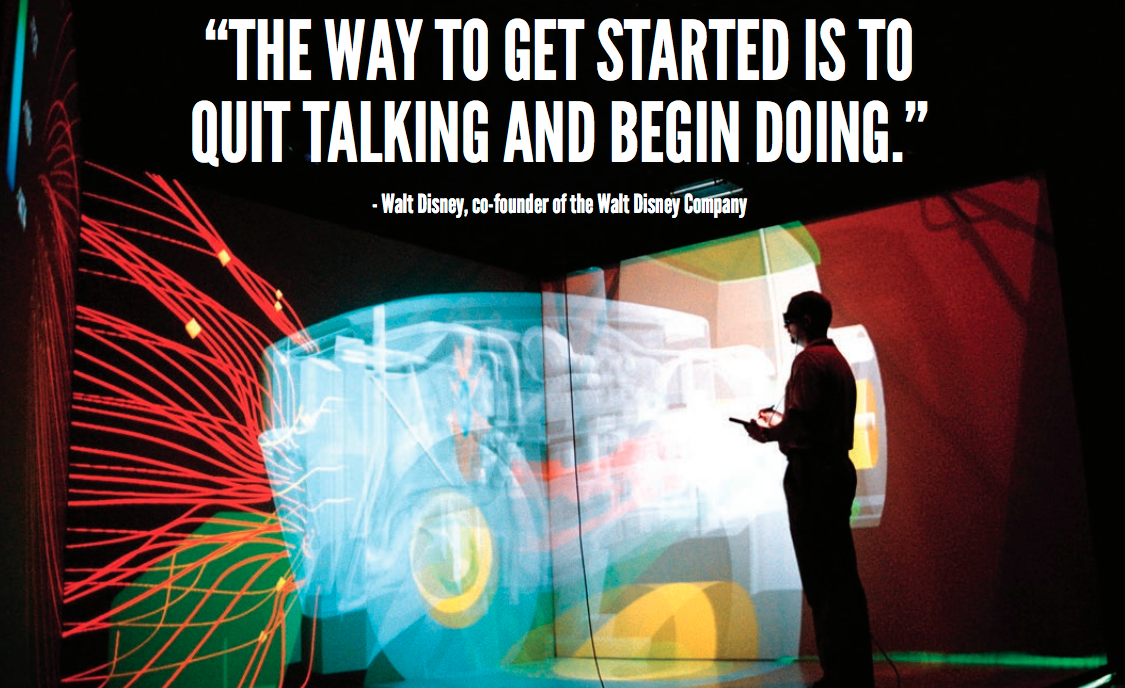How to be a Brand Startup
By Erin Blood
In the world of tech, the word startup is synonymous with opportunity—a wide-open horizon of possibilities. “Startup” also conjures up reflections of hurriedness and scrappiness and garages. Yet, The Lean Startup, Eric Ries’ masterpiece, is not about overcoming the boundaries of being bootstrapped, but about doing big things to foster “continuous innovation to create radically successful businesses”, despite your budget.
But rapid innovation, and steadfast brand consistency don’t go hand-in-hand. How can you occupy a space in the mind (and heart) of a customer, if you are ever-evolving to the market shifts? And how can the brand work alongside—even help drive—the rapid pace of a tech startup?
Let the Brand Keep the Pace.
Product and service ideas will pivot. The brand should not. The market will sway. The brand should not. In order for it to be flexible and inflexible at the same time, the container of the brand must be large enough to build possibilities. We call it future-proofing. The brand container abides by strategic boundaries, because without them the brand would only be a logo and a product.
Fill the Need.
If the product or the service fills the need of the customer, so should the brand—the look, the feel, the smell, the touch of the product—all should be gobbled up by the brand and reflected back out to the market with meaning. It is a reflection of the customer—not the CEO or the developers who have created it. And to understand the customer, you need to check in often.
Validate the Brand.
The QA of the product or service is an important step in any launch, so too should it be to the brand. Take it out, try it on for size and ask your customers and prospective customers what they think. If their need is addressed through the brand communication, and if their need is met through the delivery of the product and service—the brand will survive. And, with customer-led iteration, it will thrive.
Start Acting.
But surviving and thriving are two different things. There comes a point where you need to stop tinkering, and start acting. And in the world of tech—that moment may come sooner than you like. The brand needs the same momentum. Create it, launch it, but then don’t sit on it. Use your brand everyday. Your brand is your sales language, your instruction manual, the way you service your customers, the way you style your office. It’s alive.
The market will change. Your company will change. Your brand will change as it supports your business—so stay nimble. This is the mindset of any healthy startup. Apply to your brand, too.
